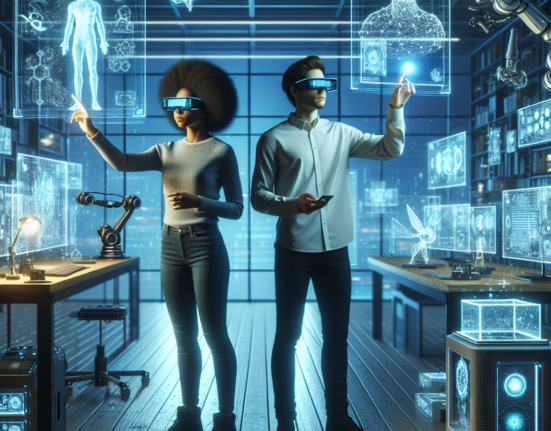From Smart Homes to Smart Cities: Technology Transforming Living Spaces
In the era of rapid technological advancement, the concept of "smart living" has emerged as a revolutionary paradigm, reshaping how we interact with our surroundings. From smart homes equipped with IoT devices to entire smart cities built on interconnected infrastructure, technology is enabling unprecedented efficiencies, sustainability, and quality of life enhancements. This article explores the trajectory from smart homes to smart cities, illustrating how emerging technologies are transforming our living spaces.
The Genesis: Smart Homes
Smart homes represent the initial phase of this transformative journey. Leveraging the Internet of Things (IoT), these homes are equipped with interconnected devices that communicate with each other and the user. Voice-controlled assistants like Amazon Alexa, Google Home, and Apple’s Siri have become central hubs, managing a variety of smart appliances.
Smart Appliances: Refrigerators that monitor their contents, thermostats like Nest that learn user preferences, and lighting systems that adjust based on natural light availability are becoming commonplace. These devices not only offer convenience but also promote energy efficiency and cost savings.
Home Security: Advanced security systems, including smart locks, cameras, and sensors, allow homeowners to monitor and control their security remotely. This has dramatically enhanced home safety, providing real-time alerts and the ability to take immediate action if required.
Integration and Automation: The hallmark of a smart home is seamless integration. Automation routines can be set up where, for example, the thermostat adjusts the temperature as you leave for work, or lights turn off automatically when no movement is detected. This level of automation enhances daily living by saving time and resources.
Expansion into Smart Communities
As individual smart homes proliferate, the next natural progression is their integration into smart communities. These communities leverage shared infrastructure — such as local energy grids, data centers, and communal spaces equipped with smart technology. Smart grids balance energy distribution efficiently, communal gardens utilize smart irrigation systems, and community surveillance enhances safety.
Building Blocks of Smart Cities
A smart city extends the principles of smart homes and communities to an urban scale, utilizing a complex network of data collection and analytics to improve city planning and services.
Infrastructure and Mobility: Smart transportation systems reduce congestion using real-time data to manage traffic flow. Smart public transportation apps provide updates and optimize routes based on current conditions. Bike-sharing and electric vehicle charging stations promote sustainable urban mobility.
Resource Management: Smart grids and water management systems use IoT sensors to monitor usage and detect leaks or other issues. Waste management is also optimized with smart bins that signal when they need collection, reducing unnecessary pickups and conserving fuel.
Public Safety and Services: Intelligent surveillance systems and emergency response networks enhance public safety by providing immediate data to first responders. AI-driven analytics predict crime hotspots and enable preemptive actions.
Citizen Engagement: Smart cities empower residents by providing platforms for digital participation in governance. Apps and websites allow citizens to report issues, participate in surveys, and stay informed about city initiatives, promoting a sense of community and shared responsibility.
The Challenges and the Future
While the vision of smart cities is enticing, several challenges need addressing. Privacy concerns arise from the extensive data collection required. Robust cybersecurity measures are crucial to protect against breaches. Additionally, there’s the need for massive investments in infrastructure and technology, which can be a barrier for many urban areas.
Inclusivity is another vital consideration. Ensuring that smart city technologies benefit all segments of the population, regardless of socio-economic status, is essential to prevent widening the digital divide.
Conclusion
From smart homes to smart cities, technology is inexorably transforming our living spaces. As we continue to innovate and integrate these advancements, the potential for enhanced efficiency, sustainability, and connectivity in our living environments grows. By addressing the accompanying challenges with thoughtful planning and inclusive policies, we can pave the way for a future where technology and urban living harmoniously coexist, offering a higher quality of life for all.
















Leave feedback about this
You must be logged in to post a comment.